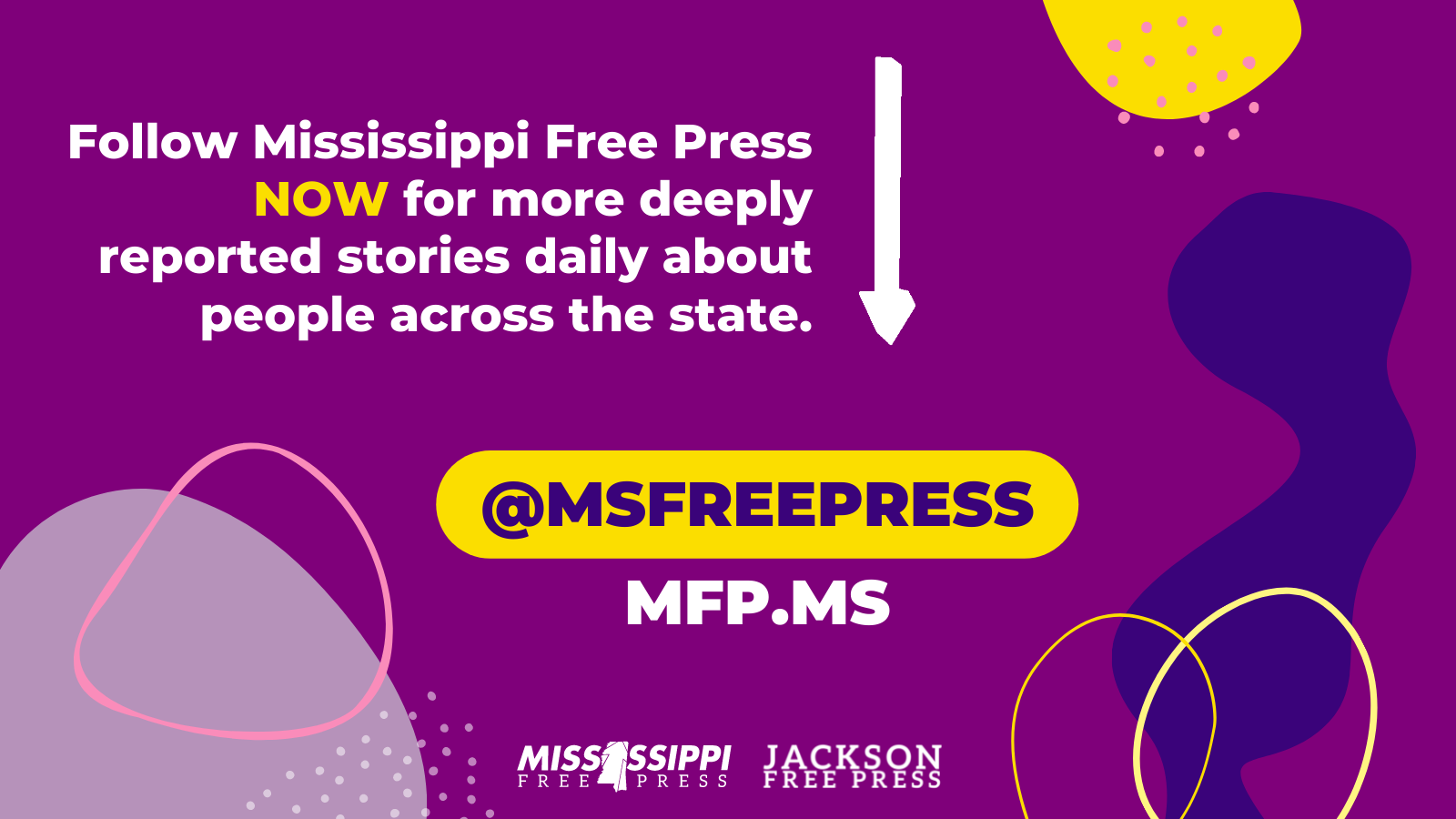As Iraq teeters on a civil war the U.S. cannot control, the New York Times has an in-depth story about what happened with generals who protested the U.S.' initial rush into Baghdad:
The war was barely a week old when Gen. Tommy R. Franks threatened to fire the Army's field commander.
From the first days of the invasion in March 2003, American forces had tangled with fanatical Saddam Fedayeen paramilitary fighters. Lt. Gen. William S. Wallace, who was leading the Army's V Corps toward Baghdad, had told two reporters that his soldiers needed to delay their advance on the Iraqi capital to suppress the Fedayeen threat in the rear. Soon after, General Franks phoned Lt. Gen. David D. McKiernan, the commander of allied land forces, to warn that he might relieve General Wallace.
The firing was averted after General McKiernan flew to meet General Franks. But the episode revealed the deep disagreements within the United States high command about the Iraqi military threat and what would be required to defeat it.
The dispute, related by military officers in interviews, had lasting consequences. The unexpected tenacity of the Fedayeen in the battles for Nasiriya, Samawa, Najaf and other towns on the road to Baghdad was an early indication that the adversary was not merely Saddam Hussein's vaunted Republican Guard.
The paramilitary Fedayeen were numerous, well-armed, dispersed throughout the country, and seemingly determined to fight to the death. But while many officers in the field assessed the Fedayeen as a dogged foe, General Franks and Defense Secretary Donald H. Rumsfeld saw them as little more than speed bumps on the way to Baghdad. Three years later, Iraq has yet to be subdued. Many of the issues that have haunted the Bush administration about the war — the failure to foresee a potential insurgency and to send sufficient troops to stabilize the country after Saddam Hussein's government was toppled — were foreshadowed early in the conflict. How some of the crucial decisions were made, the behind-the-scenes debate about them and early cautions about a sustained threat have not been previously known.
¶A United States Marines intelligence officer warned after the bloody battle at Nasiriya, the first major fight of the war, that the Fedayeen would continue to mount attacks after the fall of Baghdad since many of the enemy fighters were being bypassed in the race to the capital.
¶In an extraordinary improvisation, Ahmad Chalabi, the Iraqi exile leader who was a Pentagon favorite, was flown to southern Iraq with hundreds of his fighters as General Franks's command sought to put an "Iraqi face" on the invasion; the plan was set in motion without the knowledge of top administration officials, including Secretary of State Colin L. Powell and George J. Tenet, the director of central intelligence.
¶Instead of sending additional troops to impose order after the fall of Baghdad, Mr. Rumsfeld and General Franks canceled the deployment of the First Cavalry Division;
General McKiernan was unhappy with the decision, which was made at a time when ground forces were needed to deal with the chaos in Iraq.
This account of decision-making inside the American command is based on interviews with dozens of military officers and government officials over the last two years. Some asked to remain unidentified because they were speaking about delicate internal deliberations that they were not authorized to discuss publicly.
Previous Commentsshow
What's this?More like this story
More stories by this author
- EDITOR'S NOTE: 19 Years of Love, Hope, Miss S, Dr. S and Never, Ever Giving Up
- EDITOR'S NOTE: Systemic Racism Created Jackson’s Violence; More Policing Cannot Stop It
- Rest in Peace, Ronni Mott: Your Journalism Saved Lives. This I Know.
- EDITOR'S NOTE: Rest Well, Gov. Winter. We Will Keep Your Fire Burning.
- EDITOR'S NOTE: Truth and Journalism on the Front Lines of COVID-19


Comments
Use the comment form below to begin a discussion about this content.